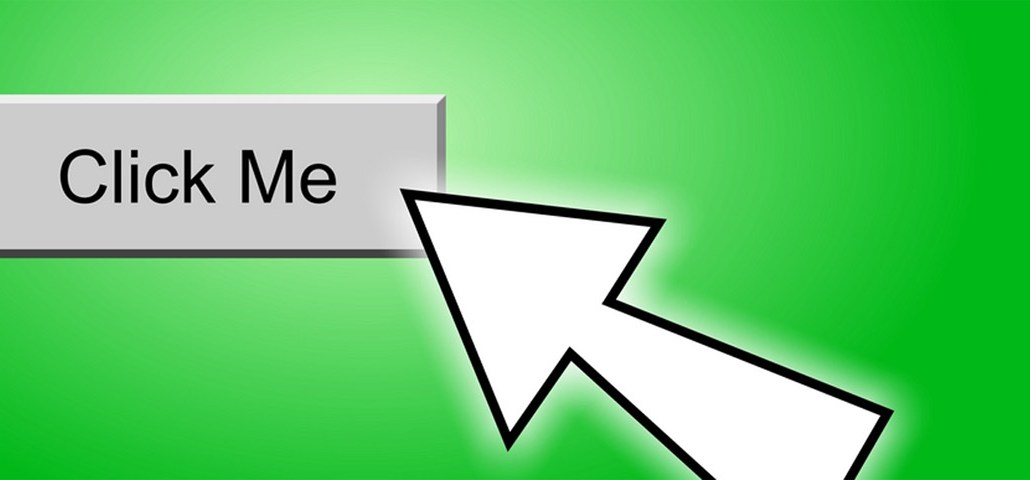Save 50% on a 3-month Digiday+ membership. Ends Dec 5.

The U.K.’s Internet Advertising Bureau is owning up to what a lot of people have known for some time: Banner ads don’t work.
“Banners have to be served 1,250 times before someone clicks on one,” Clare O’Brien, senior industry programs manager at the IAB, said during a panel at the Digiday WTF Native event in London Oct. 8. “Old banner ads aren’t working anymore.”
It’s a significant about-face for an organization that’s been peddling the effectiveness of banner ads for years.
“I don’t think anyone will disagree with me,” she said, “but we now thankfully have creatives working in the digital space.” O’Brien highlighted the range of technology solutions that are taking the place of static banners.
“We put banners like outdoor posters onto a medium which is totally interactive. We’re learning now that it doesn’t work.” Did this ever work? “It was the only option,” said O’Brien.
She quoted the IAB’s head of industry programs Steve Chester, saying the advertising industry has been “binge drinking on the early profits from a really disconnected ecosystem from the one that the audience is looking at.”
IAB now claims that online banner ads don’t work #DigidayWTF pic.twitter.com/jO8ydF5uuH
— Ashwin Rao (@AshwinRaoPV) October 8, 2015
Native advertising is one alternative. “The future of digital advertising is being built on content; that’s what’s going to fund this medium in the future,” said O’Brien.
Her comments come on the day the IAB released its U.K. Digital Adspend report, conducted by PwC, for the first half of 2015. It found that native advertising accounts now for a quarter of all display advertising. Revenue from native advertising has grown by 50 percent since the second half of 2014, accounting for £325 million.
Still, work needs to be done to make sure that growth doesn’t stagnate. The view from O’Brien’s panel, which included representatives from Mediacom, Factory Media and The Huffington Post, is that native is not a vehicle for fooling people into thinking they are ads. Trade bodies, publishers and advertisers are calling for clear guidelines and definitions.
Interactive functionality and content-led advertising offer more opportunity, but there is still a tendency for advertisers to see screens as a broadcast medium, a view O’Brien, along with consumers and industry players, are keen to move away from.
“Our screens are service, delivery and media platforms, we’re doing so many more things on them,” she said. “They are not just media platforms.”
More in Media

TikTok Shop sheds bargain-bin reputation as average prices climb across categories
An analysis by e-commerce intelligence firm Charm shows average prices climbing across more than a dozen key categories.

Ad Tech Briefing: The Programmatic Governance Council is a bid to reset power dynamics
As tensions over TID and GPID peak, Tech Lab is convening a council to hash out commercial ground rules.

Newsweek is building an AI Mode-like experience to customize homepages for readers
Newsweek is building an AI homepage modeled after Google’s AI Mode to increase engagement and offset declining search referrals.





